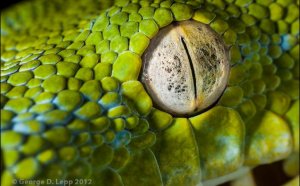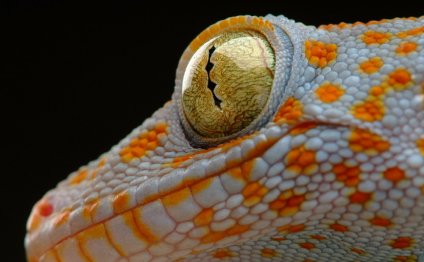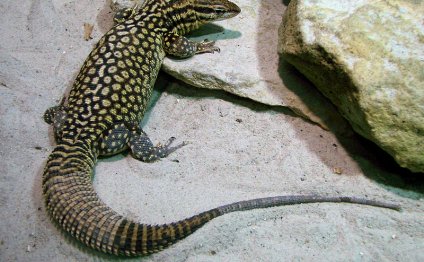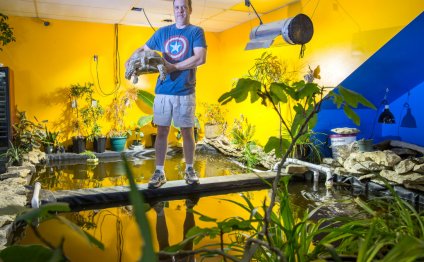
Amphibian Pet stores
68-77 degrees
* If temp falls below 65 at night, may need supplemental infrared or ceramic heat
WILD HISTORY:
Native to the Southeastern United States from eastern Virginia down to Florida and as far west as Texas.
PHYSICAL CHARACTERISTICS:
Green tree frogs have a delicate grass green skin with a light cream colored stripe on the side of the body running from the jaw to the flank. Because of their delicate and porous skin, handling your frog is not recommended. It is very easy to transfer toxins from hands to frog skin, and vice versa - be sure to wash your hands after handling your frog.
NORMAL BEHAVIOR & INTERACTION:
Nocturnal (most active at night) and arboreal (tree dwelling). These frogs live in groups and will get along fine as long as there is proper space for each frog. A minimum of 4 gallons of tank space per frog is a good measure, but the tank should not be smaller than 20 gallons (high) overall, even for one frog.
NOTE: DO NOT house green tree frogs with other species due to the differences in care, temperatures, and the fact that some species can be highly stressed in the presence of other species.
FEEDING:
Carnivorous (insectivorous) - live food. Green tree frogs eat live protein sources such as: gut-loaded crickets, earthworms and wax worms. Wild caught insects should never be fed, since they can carry disease and parasites. All insects should be gut loaded (fed a nutritious diet about 24-hours before being offered to your frog - see our cricket care sheet). Be careful to feed the proper size prey for your frog’s size. A good rule of thumb is that a cricket should never be larger than the distance between the frog’s eyes, or the distance from its eyes to its nose. When feeding larger insects to your pet, try to make sure the insects have recently molted, as an insect with a large, hard exoskeleton is difficult to digest and may cause impactions.
Some reptile/amphibian owners find it easier and safer to feed their pet in a separate enclosure, free of bedding and furniture, this way you can be sure your pet eats all its insects, the prey cannot hide, and the frog will not pick up any bedding when grabbing prey and mistakenly ingest it along with the prey. Do remember, however, that green tree frogs are very delicate and their skin can tear easily. Take care in handling.
SUPPLEMENTS:
Dust food with calcium supplement and vitamin supplements. As a rule, a growing juvenile's food (and a pregnant/gravid female’s) should be dusted more often than an adult's. Follow your veterinarian’s instructions for applying supplements to avoid over-supplementing food. Our veterinarian recommends dusting insects with a good quality calcium supplement fortified with vitamin D3, 2-3 times a week. (Avoid using a calcium supplement with added phosphorous, unless specifically directed by your veterinarian, since this can promote kidney disease.) Always consult your veterinarian for specific directions on supplementing your pet’s food, since there are many variables that go into determining the best supplementation regimen for each animal.
WATER:
All water given to amphibians for bathing, swimming or drinking, as well as water used for misting must be 100% free of chlorine and heavy metals. (Not all home water filtration systems remove 100% of the chlorine and heavy metals from tap water). We recommend that you use unflavored bottled drinking water or bottled natural spring water; never untreated tap water. If tap water is used, you should treat it with a de-chlorinating treatment. If you do not want to chemically de-chlorinate the water, you can leave an open container of tap water out for at least 24 hours. The chlorine will naturally dissipate. Never use distilled water, which can cause severe medical problems, since it lacks minerals that are essential to important body functions.
Change the water in your frog’s enclosure every one to two days.
A daily misting or two with chlorine-free water will also be appreciated. However, care should be taken not to allow the enclosure to become damp. Also, do not mist less than two hours before turning the heat lamps off for the day.
RELATED VIDEO

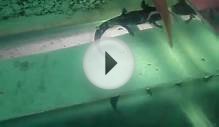

Share this Post
Related posts
Colorful lizard
A very large species of chameleon that is endemic to forests in eastern and northern Madagascar. They reach up to 68 cm (27…
Read MorePet stores with snakes
15 - 20 years CAGE TEMPS: Warm side - 85 ℉ Cool side - 75 ℉ * If room temperature falls below 70 degrees at night, a supplemental…
Read More
